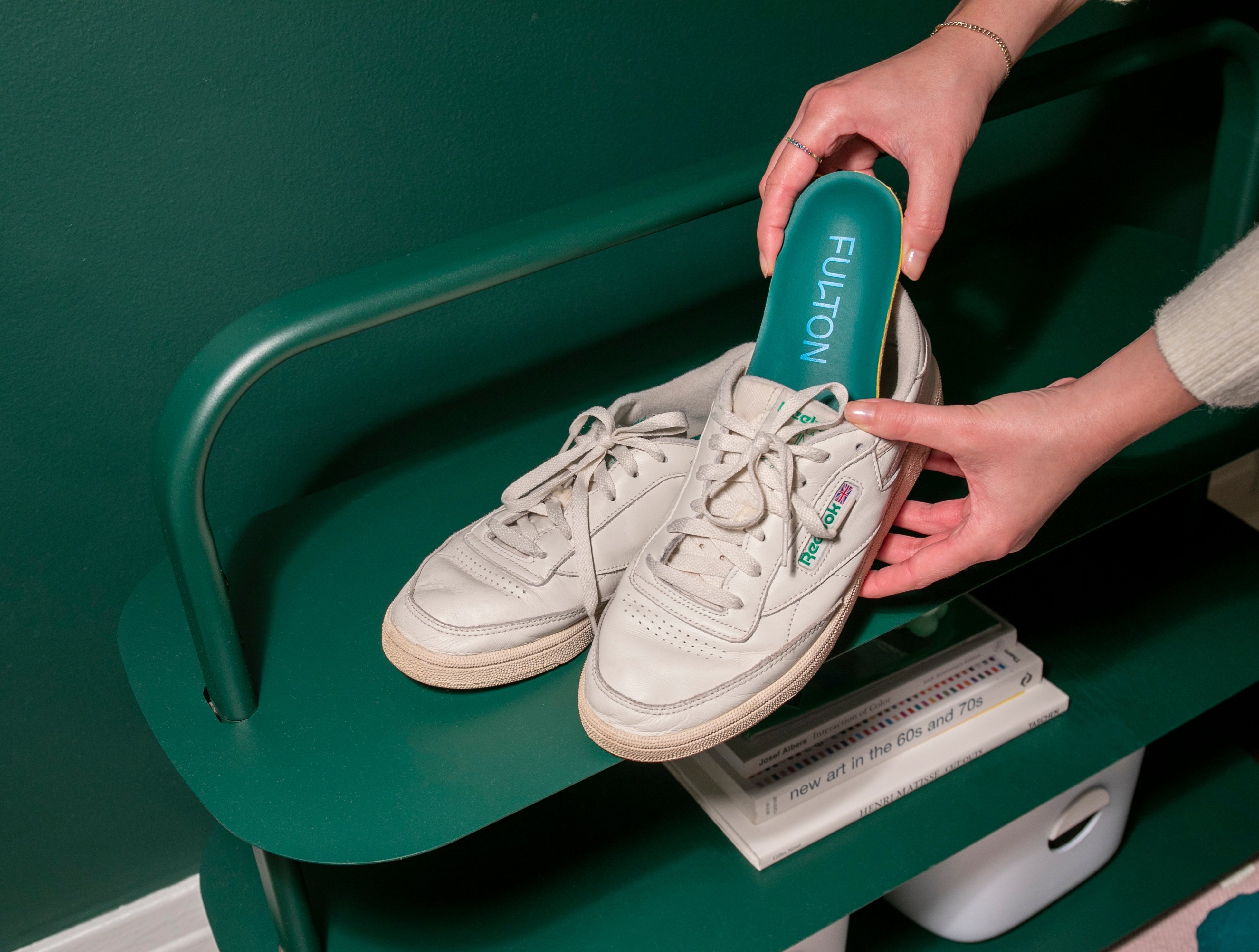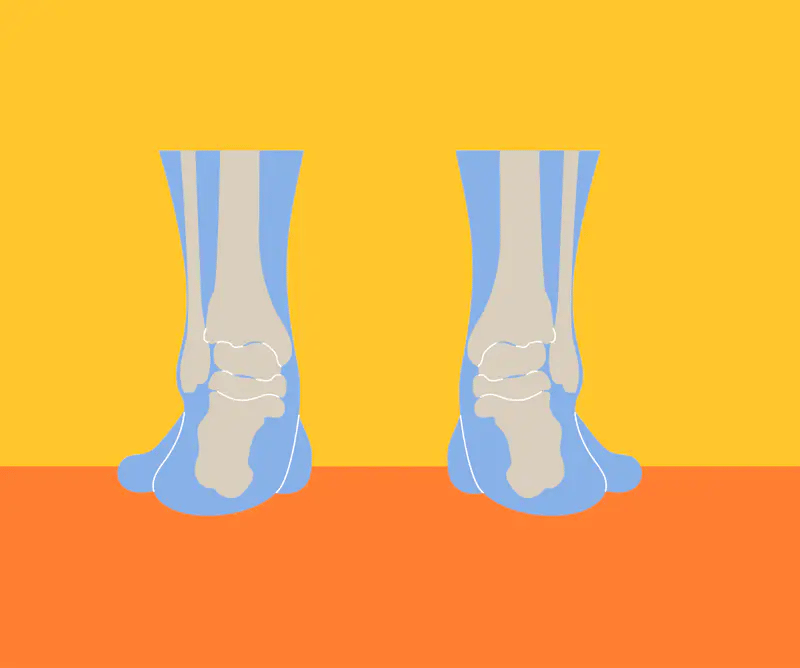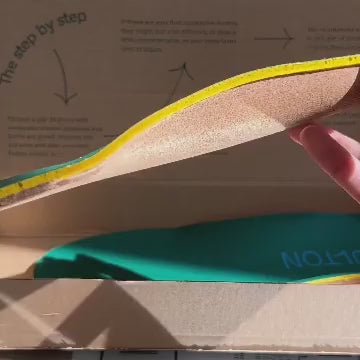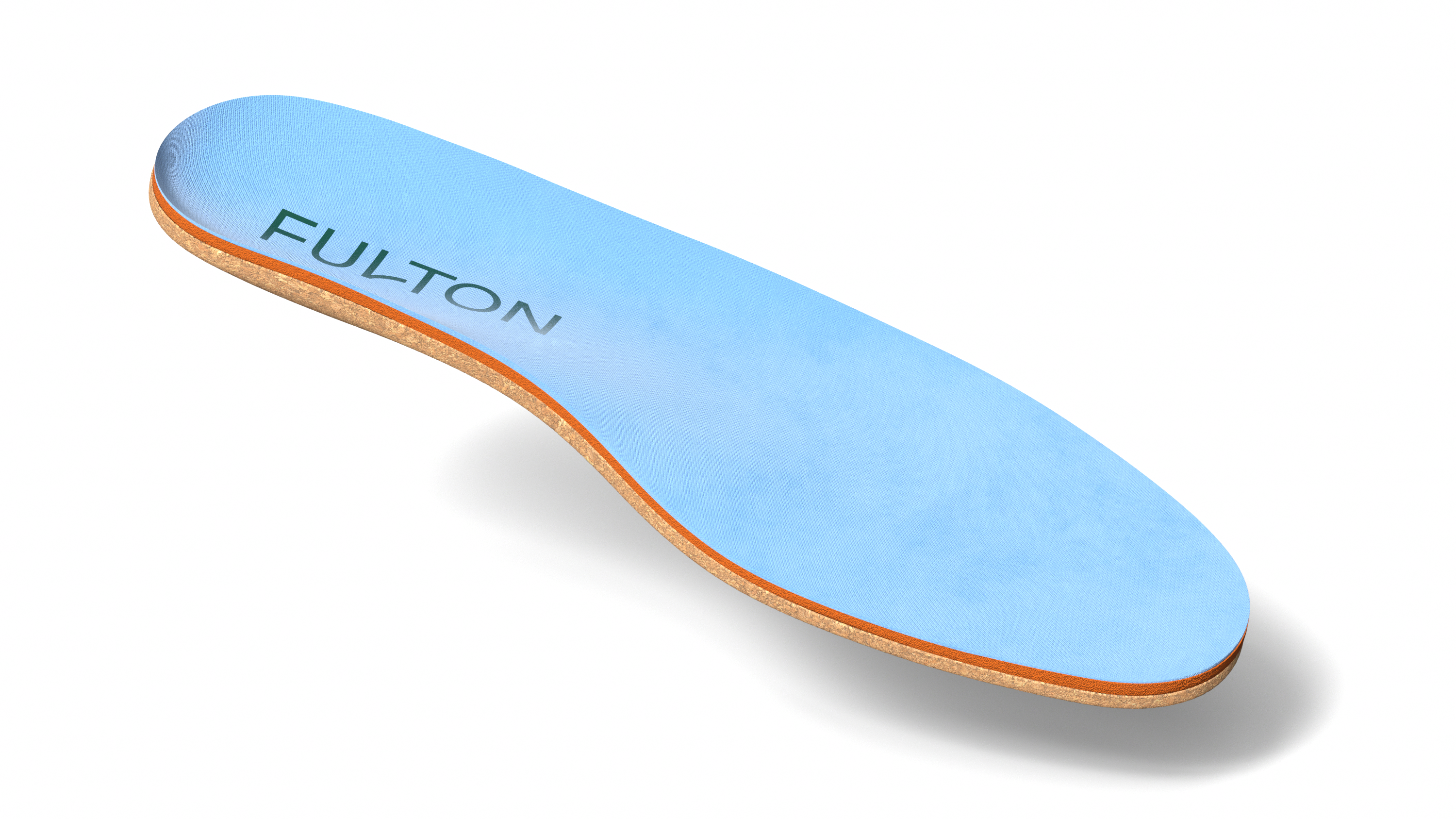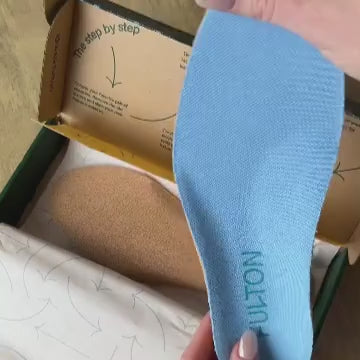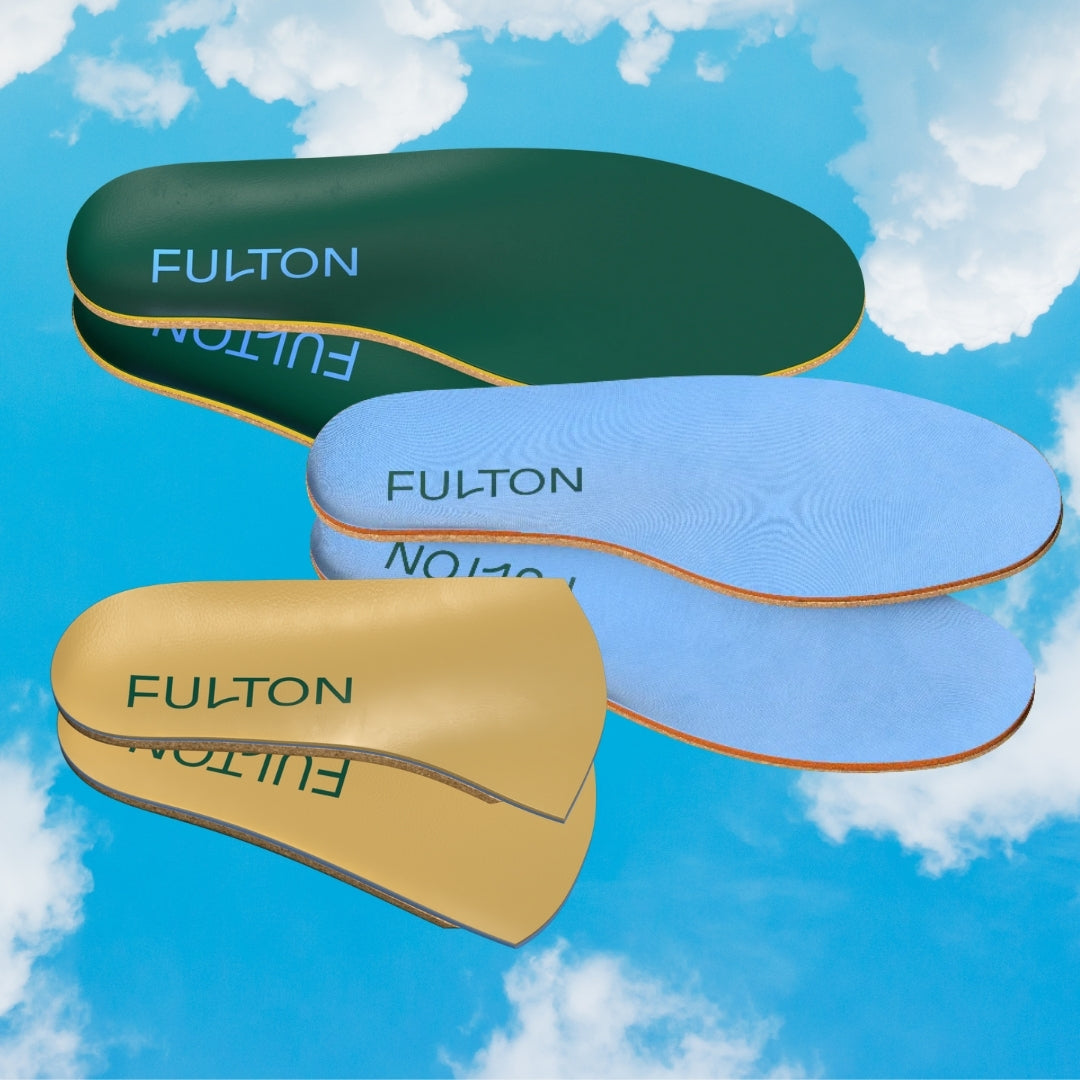Neck Stretch
One of the fundamental stretches at your desk is this neck rotation which is easy and very effective in helping to improve your sitting posture. While keeping your shoulders relaxed, slowly turn your head to the right and hold this position for up to 30 seconds. Repeat the same motion to the left and then repeat this stretch ten times on each side.
Added bonus: if you want a deeper stretch, keep your head facing forward and bend your head to your right shoulder (it should feel as if your ear is about to touch your shoulder) and hold this position for up to 30 seconds. Do the same motion towards your left shoulder and hold for up to 30 seconds. Do each stretch ten times and hold each position for up to 30 seconds. This stretch helps to relieve tightness and pressure that can be contributed from pinched nerves, stress or bad posture.
Goal Posts
Another classic desk stretch and a quick way to open up your chest muscles and help increase your shoulder flexibility is by doing this goal post stretch. While sitting in an upright position, bring both of your arms up to a 90 degree angle and bend them to create a goal post position (it should replicate the look of an actual goal post in football). The palms of your hands should be facing forward and each arm (right and left) should be bent, with your forearms facing forward as well. Once in this position, begin to squeeze your shoulders blades inwards and your arms backwards. You should feel a squeeze in the center of your back in between your shoulder blades. Hold this squeeze for ten seconds for each rep and repeat ten times. This pose helps to stretch out our shoulders and back which helps promote good sitting posture.
Chin Tuck
The chin tuck is performed exactly how it sounds. Use your index to slightly push your chin backwards until you’ve created almost a double chin. Make sure that your neck stays at a neutral position aligned with your spine. Hold this position for five seconds and then stick your neck back out and repeat ten times. This is one of the best stretches to do at your desk to help to relieve neck pain and strengthen your neck over time. By doing this stretch, you’re training your neck to stay at a neutral position so your head doesn’t fall forward, which can contribute to bad sitting posture.
Pelvic Tilt
Many of us may not even realize that we have bad sitting posture due to how our pelvis tilts. When standing or sitting, we may have a tendency to overarch our back and therefore can create lower back pain and develop bad posture over time. To do this chair stretch, start by sitting up tall, feet planted flat on the ground and slowly begin to arch your back, by tilting your pelvis forward. Then start to bring your belly button inward while squeezing your abdominal muscles until your pelvis is aligned with your back. Hold this for up to ten seconds and repeat ten times. This is one of the best chair stretches to help to strengthen your core to help you hold proper sitting posture for longer periods of time while sitting or standing.
*If you have trouble figuring out when to stop pulling your pelvic tilt inward, try sitting all the way back on your chair before you start the stretch and when you’ve drawn your pelvis inward enough, your spine will be flat against the back of your chair.
Trunk Rotation
A simple way to increase flexibility and stability in your spine is by doing trunk rotations. While sitting in an upright position and facing forward, place your right hand directly on the back or arm of your chair. From there, twist the upper portion of your body towards your right side. Hold this stretch for 30 seconds and repeat this ten times on each side. One of our favorite office stretches - just don’t forget to breathe!
Other ways to get moving
All of these stretches are productive. The goal is to move in new position throughout the day to avoid repetitive stretch injuries and find ways to alleviate lower back pain with your feet. According to The Harvard School of Public Health, physical activity — even for short periods of time — can improve your mood. You may experience benefits from:
- standing up while on the phone or eating lunch
- getting a flexible standing desk so you can change your position
- finding opportunities to take short walks
- getting up from your seat every hour and walking around your workspace
- using ergnominic furniture and standing desks
- Set break reminders for your work days
No matter how you incorprate these stretches or forms of movement, it's important to remember that wellness starts from the ground up, and propoer arch support is critical and aligning your body and improving your posture. Try Fulton's custom molding insoles to improve your alignment and posture.


